In the intricate world of electronics, resistor widely recognized and frequently utilized. In the various of resistor values available, the 10k ohm resistor holds a unique position. Use it in countless commercial, industrial, and hobbyist applications. This blog we will know every detail about 10k ohm resistor. And enhance our ability to design and analyze circuits effectively.

Catalog:
Power Watts
10k resistor color code
Tolerance
Features
Composition Resistor Types
Packaging Types
Size Dimesions
Recommended Soldering Condition
FAQ: How to perform electrical calculations involving voltage and current.
Introduction to the 10k Ohm Resistor
Resistor is a passive electrical component ,use into limit or regulate the flow of electrical current in a circuit. The value of resistance it provides measurement in ohms (Ω). And 10k ohm resistor specifically provides 10,000 ohms of resistance. The “k” in “10k” stands for “kilo,” meaning one thousand. As such, it is for controlling currents and dividing voltages in both analog and digital systems.
We also can use it in a range of applications. Including voltage dividers, pull-up or pull-down resistors, biasing circuits, and more.
It has moderate resistance value,balance between current limitation and voltage drop. This makes it suitable for interfacing with microcontrollers, sensors, and integrated circuits. Power efficiency and signal integrity are essential.
Power Ratings (Watt)
0.05W(1/20W) | 0.063W (1/16W) | 0.1W(1/10W) | 0.125W(1/8W) |
0.167W(1/6W) | 0.175W | 0.2W(1/5W) | 10k 1/4w resistor |
0.3W | 0.333W(1/3W) | 0.4W | 0.5W(1/2W) |
0.6W | 0.667W(2/3W) | 0.7W | 0.75W(3/4W) |
1W | 1.2W | 1.5W | 1.6W |
1.75W | 2W | 2.5W | 3W |
3.25W | 3.75W | 4W | Resistor 10k 5w |
5.25W | 6W | 6.5W | 7W |
7.5W | 8W | 9W | 10W |
10.5W | 11W | 12W | 13W |
13.5W | 14W | 15W | 16W |
17W | 20W | 22W | 25W |
28W | 30W | 35W | 40W |
50W | 70W | 100W | 140W |
The power rating of a resistor indicates how much energy it can dissipate as heat before damage occurs. This is crucial when designing circuits that draw more current or operate at higher voltages. Here are common wattage ratings for 10k resistors:
· 1/8 Watt (0.125W): Used in compact, low-power devices like handheld electronics
· 1/4 Watt (0.25W): Standard in breadboarding, prototyping, and general-purpose PCBs
· 1/2 Watt (0.5W): Use in slightly more demanding applications or where resistors must be derated because ambient temperature
· 1 Watt (1W): Suitable for audio amplifiers, motor controllers, or other higher-power environments
· 2 Watts or More: Applied in power supply circuits, high-current loads, or industrial equipment
Power rating is related to physical size; higher wattage resistors are larger to accommodate more heat dissipation. Always calculate power dissipation using:
P = V × I or P = I² × R or P = V² / R
and choose a resistor with a power rating at least twice the expected dissipation for safety and reliability.
Resistor Color Code for 10k Ohm
Resistors use a color-coded band system to indicate their resistance values and tolerances. For a standard 4-band 10k ohm resistor, the color bands are:
· Brown (1)
· Black (0)
· Orange (Multiplier x 1,000)
· Gold or Silver (Tolerance)
For example, a 10k resistor with a gold tolerance band indicates a tolerance of ±5%. If the tolerance band is silver, the tolerance increases to ±10%. In some cases, 5-band or even 6-band resistors are for high precision applications. Additional color bands denote tighter tolerances or temperature coefficients.
Understanding how to read the color code is an essential skill in electronics. Can
quickly identify resistors even without using a multimeter.

Color | Nominal | Multiplier | Tolerance(%) | |
Black | 0 | 1 | - | |
Brown | 1 | 10 | 1 | |
Red | 2 | 100 | 2 | |
Orange | 3 | 1K | - | |
Yellow | 4 | 10K | - | |
Green | 5 | 100K | 0.5 | |
Blue | 6 | 1000K | 0.25 | |
Violet | 7 | - | 0.1 | |
Gray | 8 | - | - | |
White | 9 | 0.001 | - | |
Silver | - | 0.01 | 10 | |
Gold | - | 0.1 | 5 | |
Color Band Description | ||
Band | Precision | General Purpose |
1st band | Nominal | Nominal |
2nd band | Nominal | Nominal |
3rd band | Nominal | Multiplier |
4th band | Multiplier | Tolerance |
5th band | Tolerance | - |
Tolerance Explained
Tolerance represents the range between actual resistance value and nominal value. For instance:
±0.001%,±0.002%,±0.0025%,±0.005%,±0.01%,±0.02%,±0.05%,±0.1%,±0.25%,±0.5%,±1%,±2%,±3%,±5%,±10%,±20%
· Gold Band: ±5% tolerance, meaning a 10k ohm resistor may range from 9.5k to 10.5k ohms.
· Silver Band: ±10% tolerance (9k to 11k ohms)
· No Band: ±20% (8k to 12k ohms)
· 1% or 2% Band: Precision resistors often marked with an additional band (e.g., brown for ±1%)
Choosing the correct tolerance depends on our application's accuracy requirements. Precision circuits, such as oscillators or signal filters, demand tight tolerance resistors. While LED current limiting may tolerate wider variations.
Key Features of the 10k Ohm Resistor
It has versatile set of features for commercial/industrial applications:
· Flame Retardant Coating: Most resistors come standard with a flame-retardant coating to ensure safety in case of overheating.
· Flameproof Variants: Provide enhanced protection in high-temperature or high-energy environments.
· Auto Sequencing/Insertion Friendly: Perfect for high-speed production environments requiring automated resistor placement.
· Pre-cut and Formed Options: Available in select sizes for convenience in manufacturing or custom assemblies.
· Standard Lead Material: Made from copper-plated steel with 100% tin over plate for corrosion resistance and reliable soldering.
· Environmental Compliance: RoHS and REACH compliant, lead-free, and halogen-free — suitable for green and sustainable designs.
Combine these features to make the 10k ohms resistors a reliable and flexible component in any circuit design scenario.
Composition and Types of 10k Ohm Resistors
Carbon Composition | Carbon Film | Cement | Ceramic |
Metal Film | Metal Foil | Metal Pxode Film | Thick Film |
Thin Film | Wirewoud |
Here's a breakdown of the most common types:
1. Carbon Film Resistors:
o Made from a thin carbon layer on a ceramic base
o Cost-effective and suitable for general-purpose use
o Higher noise and lower accuracy compared to metal film
2. Metal Film Resistors:
o Provide better accuracy, temperature stability, and lower noise
o Ideal for analog signal paths, sensor applications, and test equipment
3. Wirewound Resistors:
o Built by winding a metal wire around a ceramic core
o Handle high power, but not ideal for high-frequency circuits due to inductance
4. Thick Film Resistors:
o Common in SMD (Surface Mount Devices)
o Less precise, good for cost-sensitive applications
5. Thin Film Resistors:
o High precision, low noise
o Often use in critical measurement or feedback circuits
Choosing the right resistor type involves balancing cost, precision, and environmental factors.
Packing Types
Packaging affects how resistors are stored, handled, and assembled:
· Axial Leaded: Cylindrical body with leads on each end; perfect for through-hole assembly
· Radial Leaded: Leads on one side; more compact and suited for vertical placement
· Tape and Reel: Used for automated pick-and-place machines in mass production
· Bulk Packaging: Loose resistors for hand-assembly or prototyping
Size and Dimensions
Different sizes are used based on power ratings and packaging:
Power Rating | Type | Length (mm) | Diameter (mm) |
1/8 Watt | Axial | 3.2 | 1.5 |
1/4 Watt | Axial | 6.3 | 2.3 |
1/2 Watt | Axial | 9.0 | 3.3 |
These dimensions ensure compatibility with circuit board layouts and mechanical enclosures.
Recommended Soldering Condition
Flow Soldering:- Pre-heating: 110°C MAX- Peak temperature/duration: 260°C within 10 seconds (1st, 2nd wave total)-
Temperature profile (see chart on the right) Iron Soldering:- 380°C, 5 seconds, once/terminal
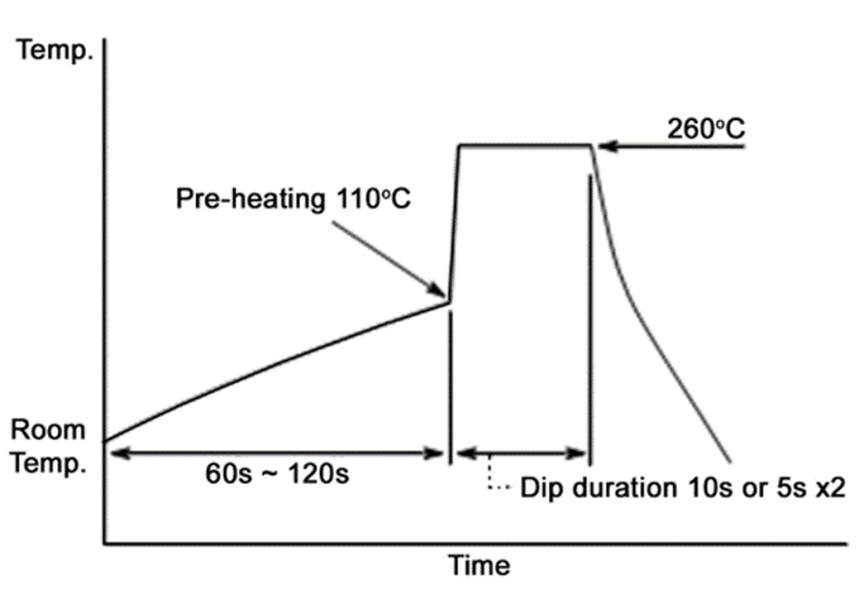
FAQ 1: How to calculate voltage drop across a resistor?
Calculating Current Through a 10k Ohm Resistor.
Ohm’s Law helps calculate voltage drop across a resistor:
V = I × R
Example: If 2 mA (0.002 A) flows through a 10k ohm resistor:
V = 0.002 A × 10,000 Ω = 20 volts
This calculation is essential in designing circuits. To ensure that the voltage across devices remains within safe operating ranges.
FAQ 2: How to find current through a resistor?
Calculating Current Through a 10k Ohm Resistor
To calculate the current flowing through a resistor:
I = V / R
Example: If 10V is applied across a 10k ohm resistor:
I = 10 V / 10,000 Ω = 0.001 A or 1 mA
These calculations are vital for determining the correct component values in your circuit. To avoid overloading components or wasting power.
The 10k ohm resistor is an essential, versatile, and ubiquitous component in electronic design. From the beginner's breadboard to complex industrial control systems, it plays a crucial role in managing electrical behavior. Its moderate resistance, variety of packaging and tolerance options. And environmentally friendly construction make it a top choice across applications.
Understanding every aspect of a 10k ohms resistor.
From how to read its color bands to how it behaves under electrical load.
Empowers designers and engineers to create more efficient, reliable, and effective electronic systems.
In the end, it's more than just a tiny colored cylinder —it's a cornerstone of modern electronics.
HOT NEWS
The 0402 Resistor: A Comprehensive Guide
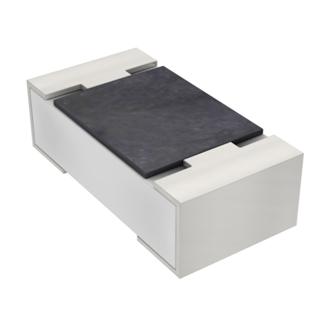
0402 Resistor
2025-05-06
Understanding A 0603 Resistor
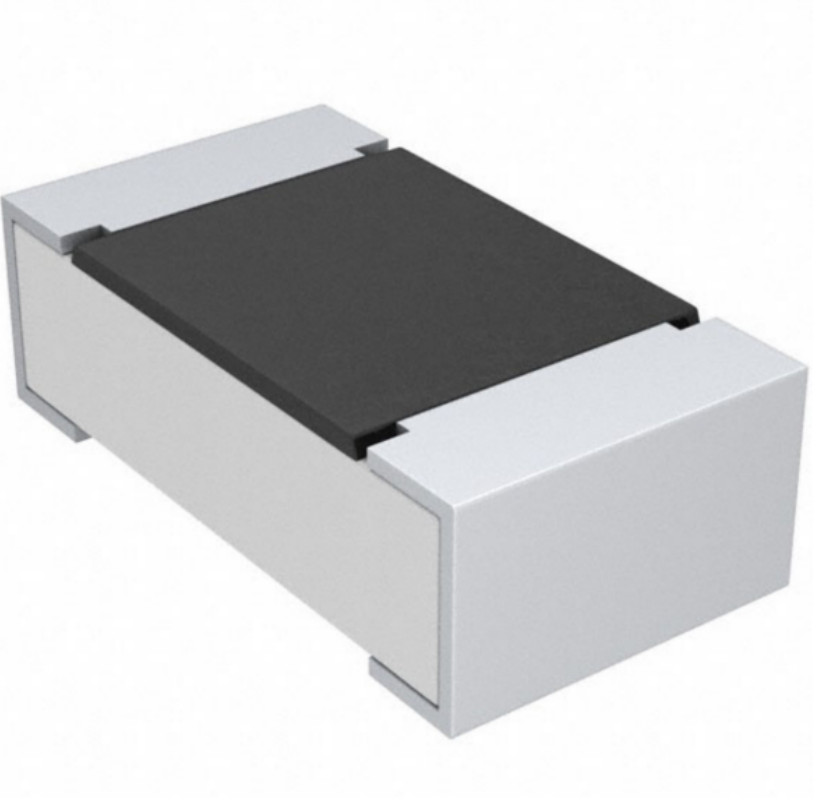
0603 resistor,dimensions,marking code, values
2025-05-29
What is 10k Ohm Resistor?

10k resistor 10k resistor color code
2025-05-14
Everything You Need To Know About ARE1309 Relay

2025-04-23
What Is A 1206 Resistor?
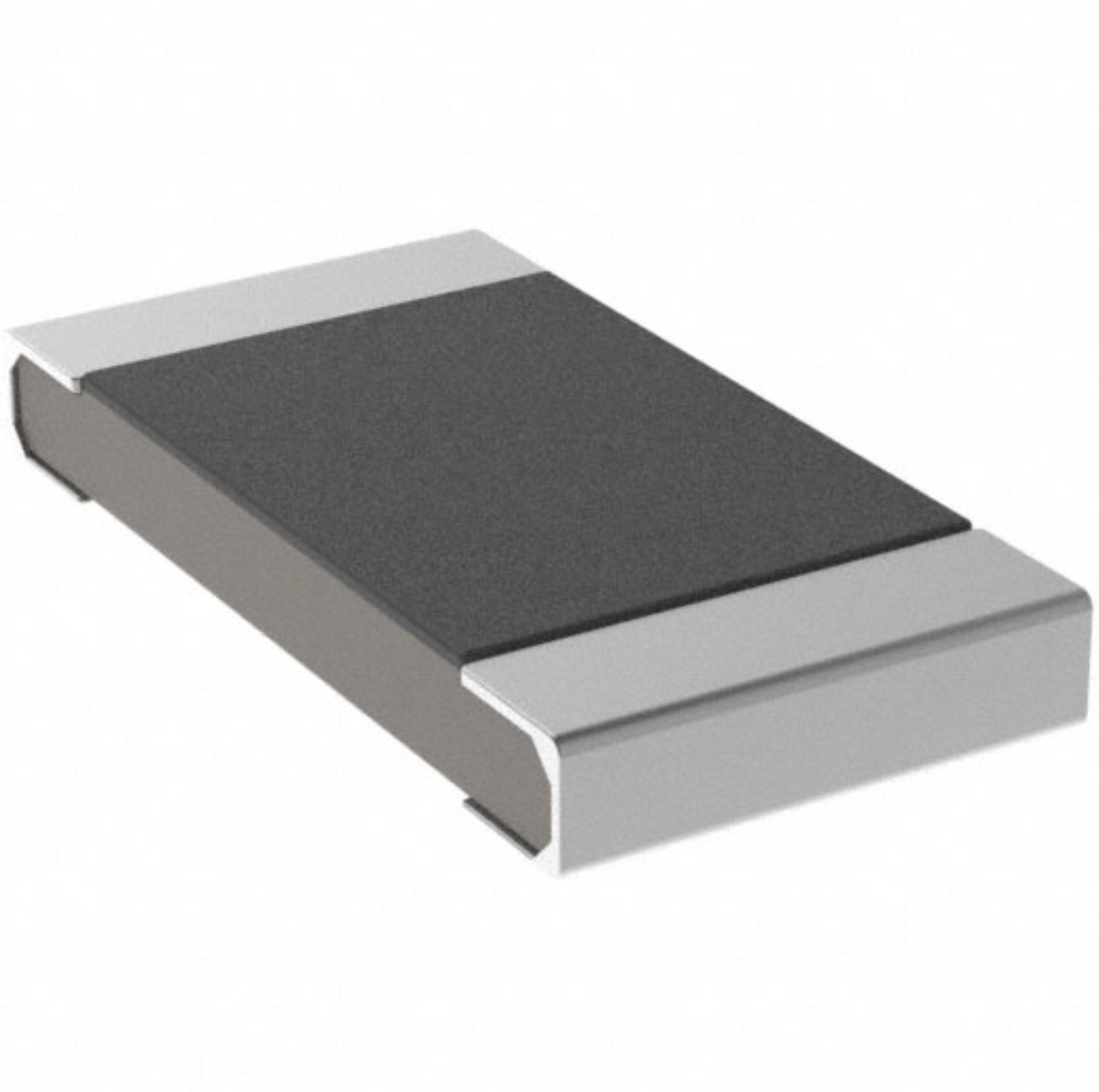
1206 resistor dimensions,footprint,value
2025-06-05
120 Ohm Resistor- Specifications, Applications, and Features
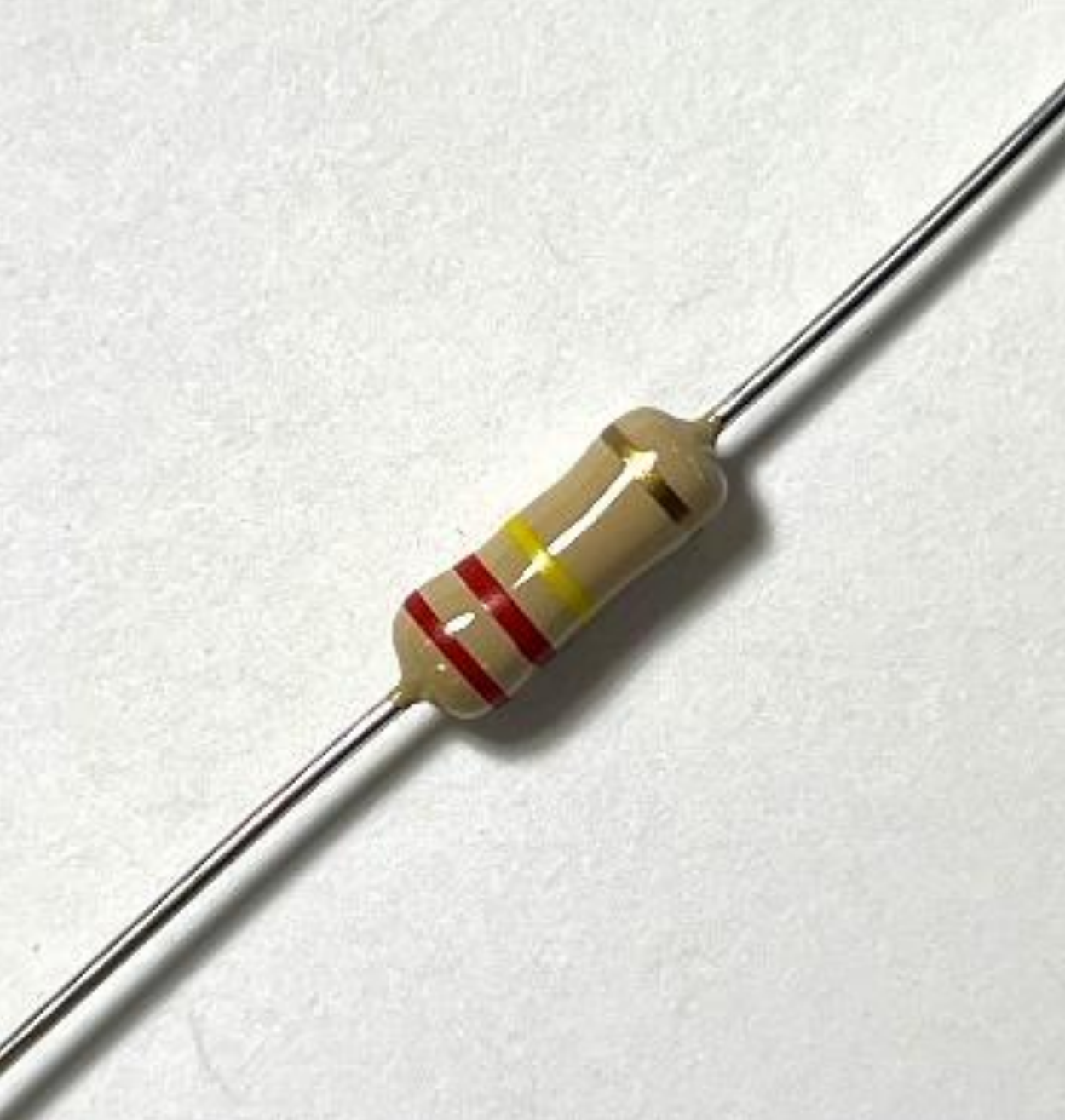
2025-05-12
What Is The 1K Ohm Resistor?
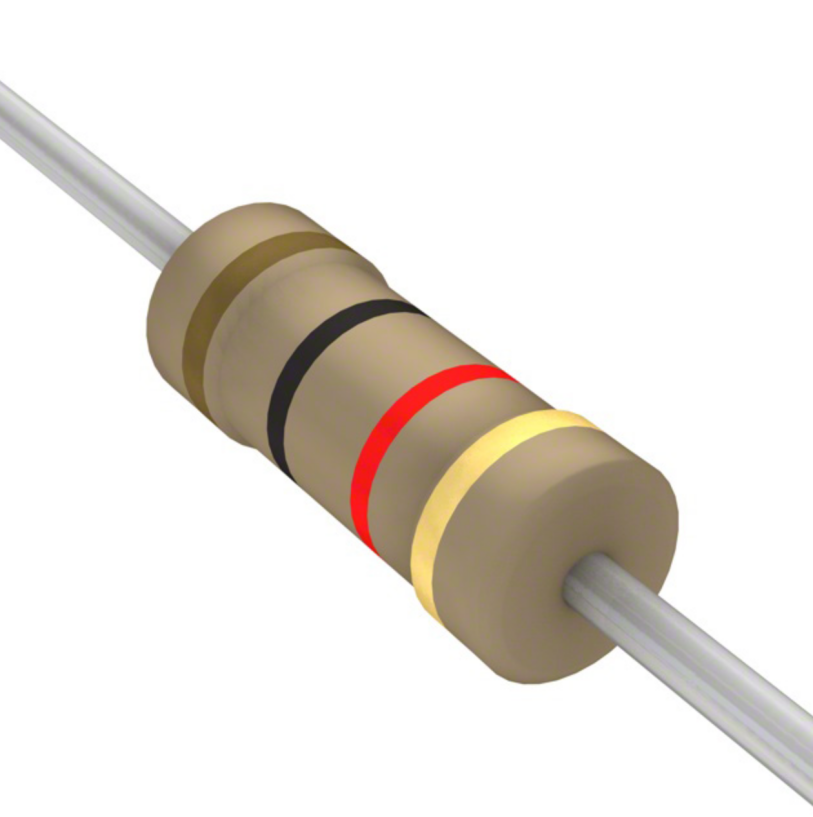
1k ohm resistor and color code
2025-05-21
What is 100 Ohm Resistor And Color Code?
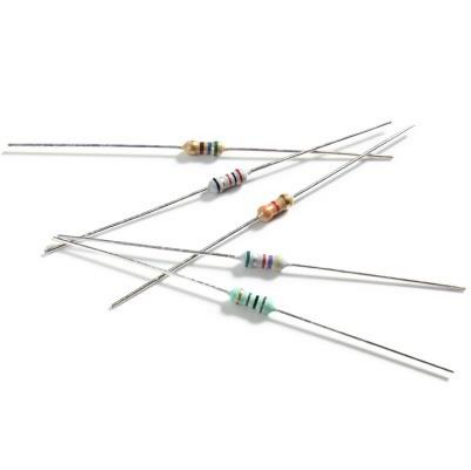
100 ohm resistor color code
2025-05-17
What Is The 0805 Resistor?
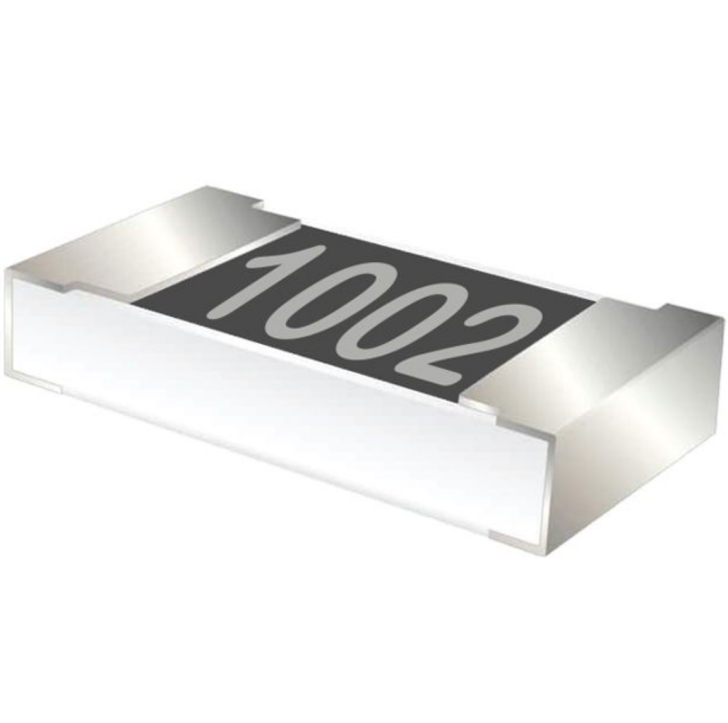
0805 Resistor, dimensions, value, tolerance, footprint
2025-05-31
What Is A 0201 Resistor?
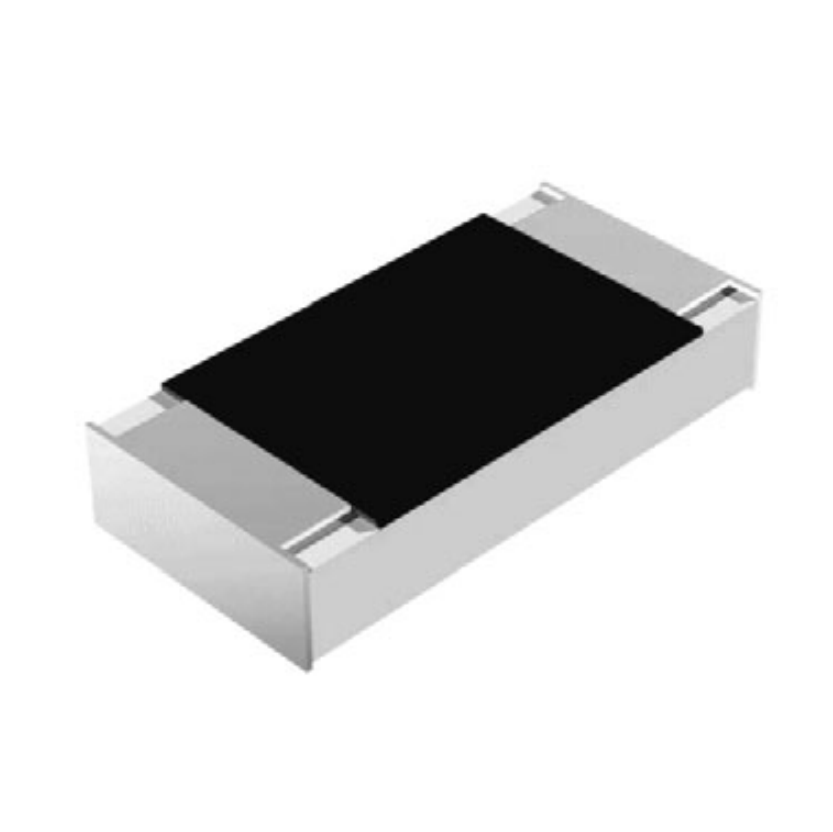
0201 Resistor dimensions, footprint,values
2025-05-24











 Product Catalog
Product Catalog





